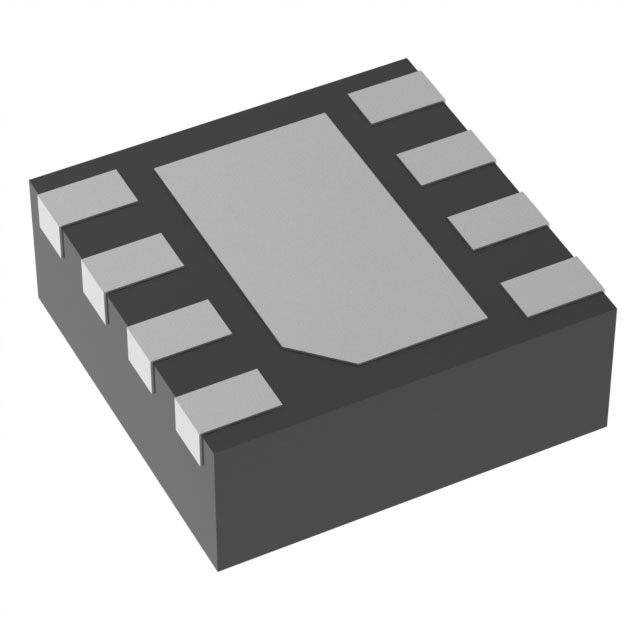In Stock : 0
Please send RFQ , we will respond immediately.









MC10E1651FNR2 Specifications
-
TypeParameter
-
Current - Quiescent (Max)-
-
Current - Output (Typ)50mA
-
Voltage - Input Offset (Max)-
-
Voltage - Supply, Single/Dual (±)-
-
Output Type-
-
PackagingBulk
-
PackagingTape & Reel (TR)
The MC10E1651FNR2 is a specific integrated circuit chip manufactured by ON Semiconductor. It belongs to the MC10E series, which is a family of high-speed ECL (Emitter-Coupled Logic) devices. Here are some advantages and application scenarios of the MC10E1651FNR2:Advantages: 1. High-speed operation: The MC10E1651FNR2 operates at very high speeds, making it suitable for applications that require fast data processing and transmission. 2. Low power consumption: Despite its high-speed operation, the chip consumes relatively low power, making it energy-efficient. 3. Wide operating voltage range: The chip can operate within a wide voltage range, typically between -4.2V and -5.5V, allowing flexibility in various applications. 4. Differential inputs and outputs: The MC10E1651FNR2 supports differential signaling, which provides better noise immunity and signal integrity compared to single-ended signaling.Application scenarios: 1. Telecommunications: The high-speed and low power consumption characteristics of the MC10E1651FNR2 make it suitable for telecommunications applications, such as high-speed data transmission, clock distribution, and signal conditioning. 2. Networking: The chip can be used in networking equipment, such as routers and switches, to handle high-speed data processing and synchronization. 3. Test and measurement: The MC10E1651FNR2 can be utilized in test and measurement equipment that requires high-speed data acquisition, signal generation, and synchronization. 4. Data centers: With the increasing demand for high-speed data processing and transmission in data centers, the chip can be employed in various components, including servers, storage systems, and network switches.It's important to note that the specific application scenarios may vary depending on the requirements and design considerations of the overall system.
MC10E1651FNR2 Relevant information


















